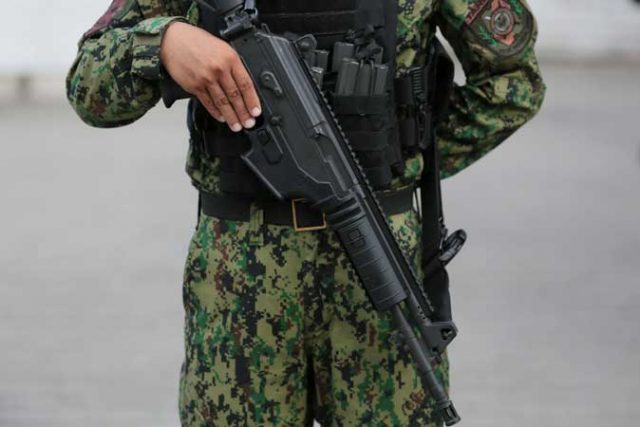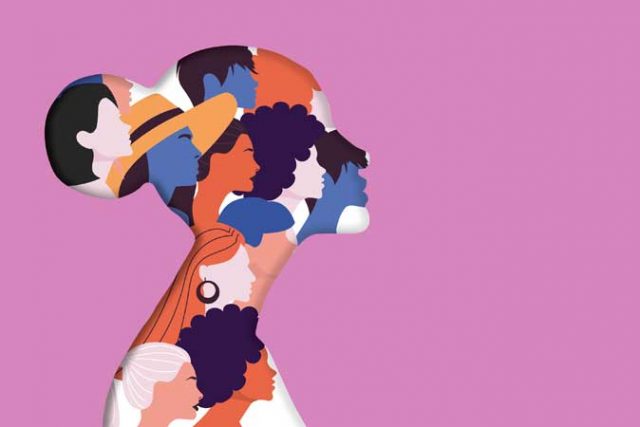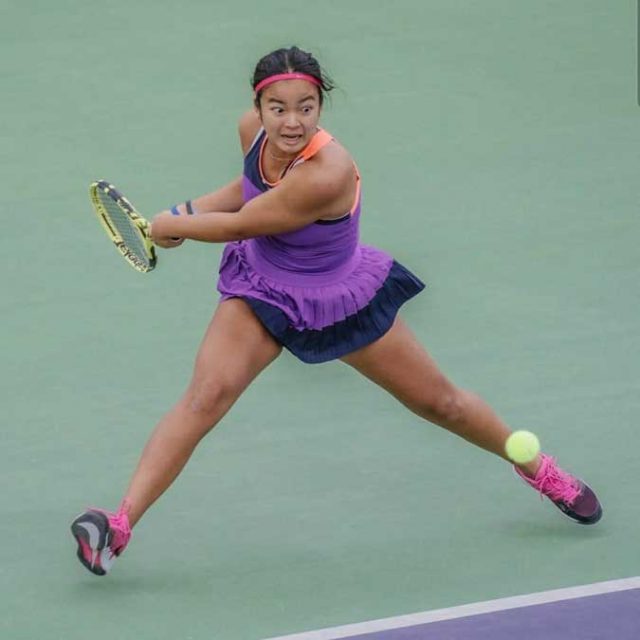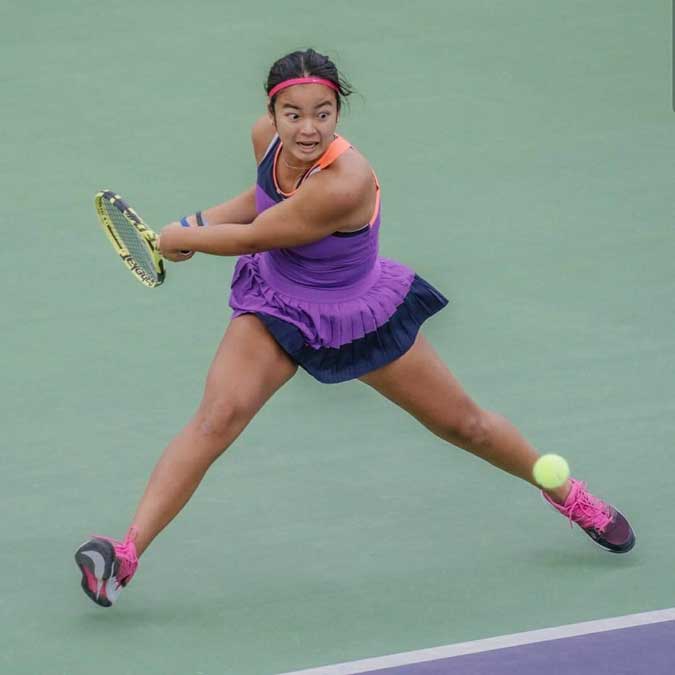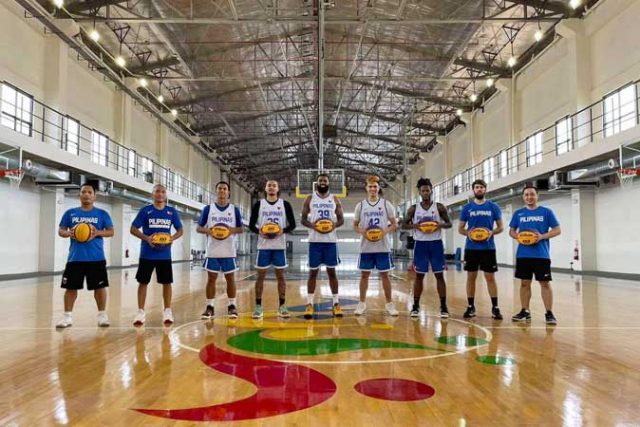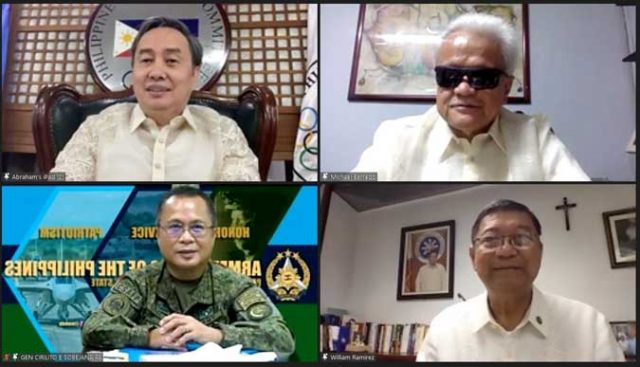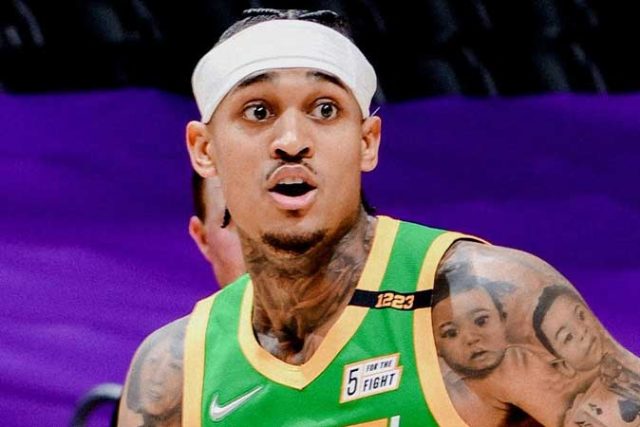Time to plant our feet on the ground
Last Wednesday, nearly all the broadsheets reported that the Government’s Development Budget Coordination Committee (DBCC) finally slashed the Philippines’ growth target for 2021 from 6.5-7.5% to 6-7%. We can only surmise that the Philippine Statistics Authority’s (PSA) release of the first quarter real GDP growth of minus 4.2% must have forced the hands of the authorities.
In a joint statement, our economic managers declared that “the emerging GDP growth projection is slightly adjusted… in view of the emergence of new COVID-19 variants and the reimposition of enhanced community quarantine (ECQ) in the National Capital Region (NCR) Plus area during the second quarter of the year.”
In the calculus of the authorities, the downgrade can only be explained by the new variants and the ECQ, pulling down only 50 basis points from the original economic growth target.
The DBCC assessed that the effects of the pandemic could remain in the short haul, but we should be cautious with their excessive optimism that the economy will return to its upward growth trajectory this year. Much of this aspiration is anchored on, one, accelerated implementation of the recovery package, and, two, the rollout of the national vaccination deployment to cover a broad spectrum of recipients. These two anchors might be weaker than we expect because of our past experience.
For one thing, we remain skeptical about the downgraded growth target. With a 4.2% economic decline in the first quarter, it would require us to produce an average of at least 9.4% for the last three quarters of 2021 to achieve a whole-year real GDP of 6%, the lower end. This is a tall order, no matter how one looks at it.
Yes, the DBCC is very bullish about the faster rebound in the global economy which is expected to help promote the country’s external trade and services. This remains iffy because global herd immunity should be achieved for a sustained global recovery to hold.
Optimism also derives from the Government’s recent lifting of most of the mobility restrictions in the bubble area due to the decline in the daily caseload and deaths. Needless to say, this positive outcome is complicated by the new variant that is extremely contagious and the new finding that not all vaccines are equal. It is the vaccines based on mRNA methodology that appear to be effective not only in warding off infection but also in preventing onward transmission.
As expected, fiscal support will come in a big way given the increase in the budget deficit cap from 8.9% to 9.4% of GDP. Total public spending is targeted to reach P4.74 trillion, an increase from P4.233 trillion to cover both the fiscal stimulus package and the cost of the vaccines. The deficit to GDP ratio was also lifted for next year.
The challenge to the Duterte Administration with practically one year to complete its helmsmanship comes from two sides.
One, the demand for limited public resources has increased with the increase in the military and uniformed personnel salaries and pension, and the Supreme Court ruling on the Mandanas-Garcia case which expands the revenue base of local government units’ (LGUs) share of internal revenue allotment. And, two, revenues during weak economic performance can only be weak such that the Government will be forced to increase its gross borrowings and sell government assets to fund the higher deficit for this year and the next.
It is most reassuring that the Department of Finance would like the next stimulus program to be truly deficit neutral. But this requires faith because budget realignment, in providing a deficit-neutral solution, is a zero-sum game that is determined by political pull rather than economic reason. Remittances from state firms and corporations are also practically linked with how the economy would fare this year and the next.
Without doubt, the Filipino people would like to see a resilient recovery through strong growth and lower inequality. In turn, economic scarring will require us to immediately restore confidence, undertake an appropriate fiscal-monetary policy mix, mitigate increasing debt levels, and minimize the negative impact on jobs and income.
Beyond mostly fiscal issues, this pandemic has also led central banks around the world to reduce interest rates to unprecedented low levels and make what the IMF’s Tobias Adrian (“‘Low for Long’ and Risk Taking”) of its Monetary and Capital Markets Department last year called “unconventional monetary policies — including ‘low for long’ interest rates and asset purchases — increasingly common.”
Our own Bangko Sentral ng Pilipinas (BSP) was correct in its early easing of monetary policy and pumping more liquidity into the system. The first has kept interest rates low and conducive to economic recovery and growth. The second has maintained ample money supply to keep the credit markets moving. Various regulatory reliefs have also been extended to banks and other financial institutions temporarily distressed by the health crisis.
Based on Adrian’s argument, the monetary measures “implemented are efficient because they encourage increased risk-taking, and they may have, if unintentionally, increased medium- and long-term macrofinancial vulnerabilities.”
Unfortunately, the BSP’s policy intention did not yield the desired growth and recovery because the banks chose to be pro-cyclical. Instead of encouraging their clients to borrow and sustain business activities, many of them tightened their credit standards resulting in anemic credit activities and to some extent, soured loans. In previous columns, we described this result by borrowing and using the literature’s expression that monetary policy pushed on a string.
The pandemic has also caused so much death, restricted mobility and normal business activities that economic scarring has transformed into real obstacles to long-term growth. Monetary accommodation is the water in the dessert nobody drinks because of fear and nervousness.
As domestic inflation begins to gather momentum and worry the capital markets, it would then be a formidable call to the whole of Government and the BSP to navigate through this pandemic to promote inclusive and sustainable growth path.
The low-for-longer-period policy rate of the BSP may have to give way to an ultimate adjustment considering that its policy interest rate is negative in real terms — 2% against actual four-month 4.5% average inflation. The negative impact on capital flows and in the near future, the peso and inflation, cannot be overemphasized.
So far, low-for-longer-period monetary policy has only produced a smaller decline in economic activities, rather than positive growth, and lower short-term risk with more vaccines rollout and gradual lifting of restrictions.
We expect steady monetary policy to continue providing some kind of forward guidance that the monetary authorities are on guard, ready to reduce any vulnerability of the Philippine macroeconomy without unnecessarily drawing down its stockpile of ammunition.
Based on recent developments, it would build more market confidence if we start hearing that, one, monetary policy setting remains appropriate in the meantime to encourage growth and safeguard price stability; two, protecting growth would also require more prudent monetary policy given the continuing uncertainty and actual risks; and, three, volatilities around our growth momentum could be trimmed by a more prudent stance of monetary policy.
When the tide finally recedes, it would be most interesting to find out whether the deepest recession we sustained last year, or perhaps this year, was really due to the unseen virus and its ever-mutating variants, and not due to anything else.
And if things don’t pan out as expected, by all means, we may have to review our growth targets again. Endowment bias tells us we should not cling to things, even economic targets. There is also such a thing as winner’s curse. It’s not good to regret later that our appreciation of dynamics and risks had given way to passion to prove the rest of us wrong.
We are all in this together.
Diwa C. Guinigundo is the former Deputy Governor for the Monetary and Economics Sector, the Bangko Sentral ng Pilipinas (BSP). He served the BSP for 41 years. In 2001-2003, he was Alternate Executive Director at the International Monetary Fund in Washington, DC. He is the senior pastor of the Fullness of Christ International Ministries in Mandaluyong.


